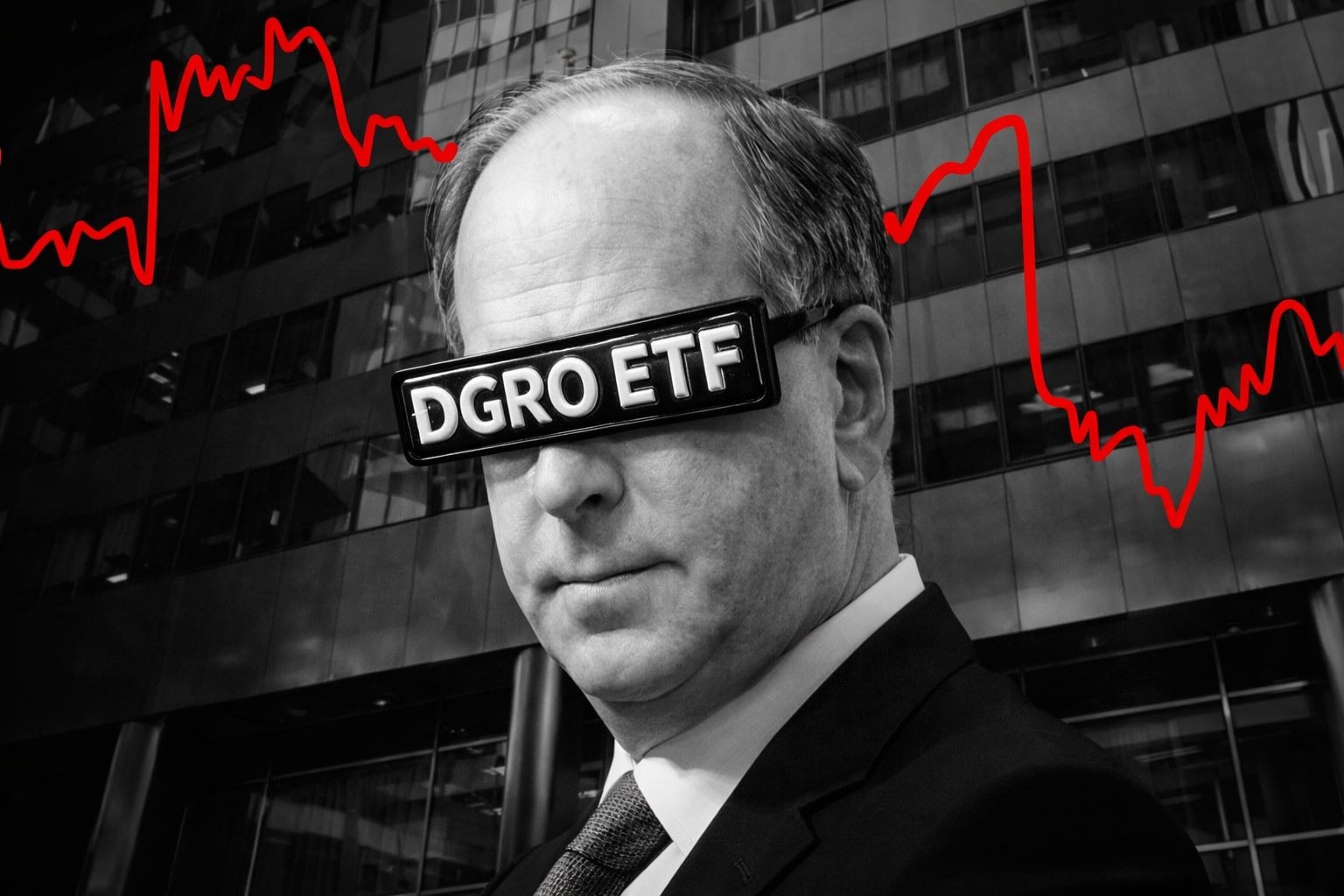BTC-USD Rebounds to $107K but Faces Dual Risk from Geopolitics and Technical Exhaustion
Bitcoin (BTC-USD) has shown surprising resilience in the face of geopolitical escalation, climbing back to $107,775 after dipping below $102,000 during the initial Israel-Iran conflict shock. The flagship cryptocurrency is now hovering just under its local resistance zone at $108,064, a level marked by a Fair Value Gap (FVG) triggered during its sharp decline from the June 10 opening at $110,274.
Despite losing steam from its May 22 all-time high of $111,970, Bitcoin has recovered 6.5% in the past four sessions. However, momentum indicators are flashing warning signs: RSI is near 50, signaling indecision, while the MACD has triggered a bearish crossover, pointing to rising downside risk if buyers lose control of the $106,000–$107,000 area.
Institutional Accumulation Defies Macro Turmoil
Rather than sell, institutional players are buying into the weakness. Strategy announced a bold acquisition of 10,100 BTC at $104,080 per coin, bringing its total to a staggering 592,100 BTC. This makes it the most aggressive treasury accumulator since Michael Saylor initiated his corporate BTC strategy.
Japanese firm Metaplanet also added to the institutional support pillar, acquiring 1,112 BTC and crossing the 10,000 BTC mark in holdings. Meanwhile, spot Bitcoin ETFs recorded an inflow of $408.6 million on Monday, the second-highest this month, extending a six-day streak of capital inflow.
This wall of institutional demand has prevented a complete breakdown below the psychologically critical $100,000 level, even as war headlines and Fed uncertainty put global risk assets on the defensive.
Geopolitical Volatility Caps Bitcoin’s Ascent
Although BTC’s price dipped just 1.3% on the day tensions escalated, the broader risk remains significant. President Donald Trump’s directive for Tehran’s evacuation and the White House’s readiness to intervene militarily have put markets on high alert. Still, BTC is behaving more like a macro hedge than a speculative asset, trading with equity indices rather than against them—a shift driven by institutional adoption.
On-chain metrics back this behavior: CryptoQuant data shows exchange netflows have remained neutral or negative since June 11, signaling that traders are not rushing to liquidate. Open interest on derivatives platforms and CME futures remains stable, with no sign of widespread liquidation. This confirms investor conviction, even amid growing political chaos.
Fair Value Gap, 50-Day EMA, and What Comes Next
The technical structure is becoming increasingly pivotal. After forming a Fair Value Gap at $108,064, BTC’s rally stalled near this level on Monday. A confirmed break above it would open the door to a retest of the $111,970 all-time high, but bulls must close above the gap with conviction.
If BTC fails to overcome this resistance, the 50-day EMA at $103,070 becomes the next critical level to watch. A daily close below this moving average could accelerate a selloff back to $100,000, with $97,000 and $95,200 as secondary support zones.
The RSI near 50 and bearish MACD crossover both support the idea of a potential short-term correction, though the broader trend remains intact—so long as institutional demand persists and the macro backdrop does not deteriorate further.
Halving Narrative, Strategic Reserves, and the Long-Term Arc
Zooming out, Bitcoin is still basking in the long-term glow of halving-induced scarcity. With just 21 million BTC ever to exist, the April 2024 halving slashed miner rewards by 50%, reducing new supply and increasing the value of existing holdings. Bulls like Brad Mills and Adam Back argue this halving cycle is different—not just due to supply mechanics but because governments are now accumulating Bitcoin.
The U.S. Strategic Bitcoin Reserve, initiated with 200,000 BTC via a March 2025 executive order, signals a tectonic shift. The federal government is no longer selling seized BTC—it’s holding. This aligns with broader institutional behavior and echoes El Salvador’s long-held bullish position with 6,209 BTC.
If more sovereigns begin to treat BTC as a reserve asset, alongside gold and Treasuries, the price dynamics could change permanently. Analysts like Chris Dunn argue that macro factors—not just halving cycles—will now drive Bitcoin, reducing historical volatility and increasing long-term upside potential.
ETF Applications, Trump Media, and Retail Accessibility
Further cementing institutional momentum, Trump Media & Technology Group has filed for both a Bitcoin and a dual BTC/ETH ETF. While the filings await SEC approval, they signal political momentum toward crypto legitimacy—even as Trump’s actions create volatility elsewhere.
Retail investors are not being left out. Block’s Lightning Network upgrade, due by 2026, aims to slash merchant fees by 50%, making everyday BTC transactions more viable. Privacy-focused wallets like CashuBTC are also growing, targeting small savers who want to accumulate sats discreetly and efficiently.
These developments support Mills’ 100x forecast, which—though speculative—rests on logical pillars: limited supply, exploding demand, and rising accessibility.
Verdict: BTC-USD Bull Cycle Holds, But Caution Warranted
Bitcoin remains inside a bullish macro structure supported by institutional demand, policy shifts, and technical resilience. However, near-term risks are building, especially if the $108,064 resistance continues to cap gains and the 50-day EMA at $103,070 breaks.
With multiple ETF inflows and a shift in on-chain flows supporting the broader uptrend, BTC-USD remains a Buy in the medium to long term. But traders should remain cautious around current levels and brace for potential retests of $100,000–$103,000 if sentiment shifts or war headlines escalate.
Rating: Buy (Medium-Term) / Hold (Short-Term)
Support: $103,070 / $100,000
Resistance: $108,064 / $111,970
Trigger Level: Watch daily close above $108,064 for bullish continuation


















